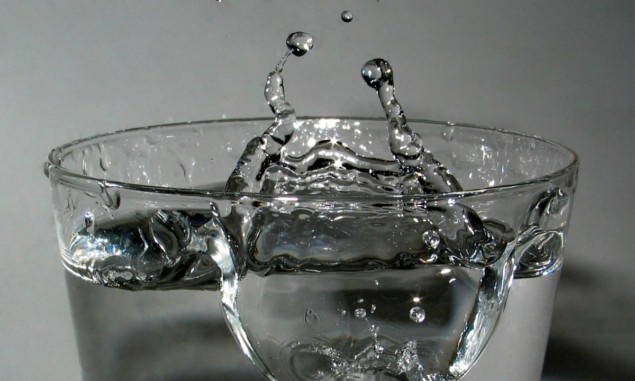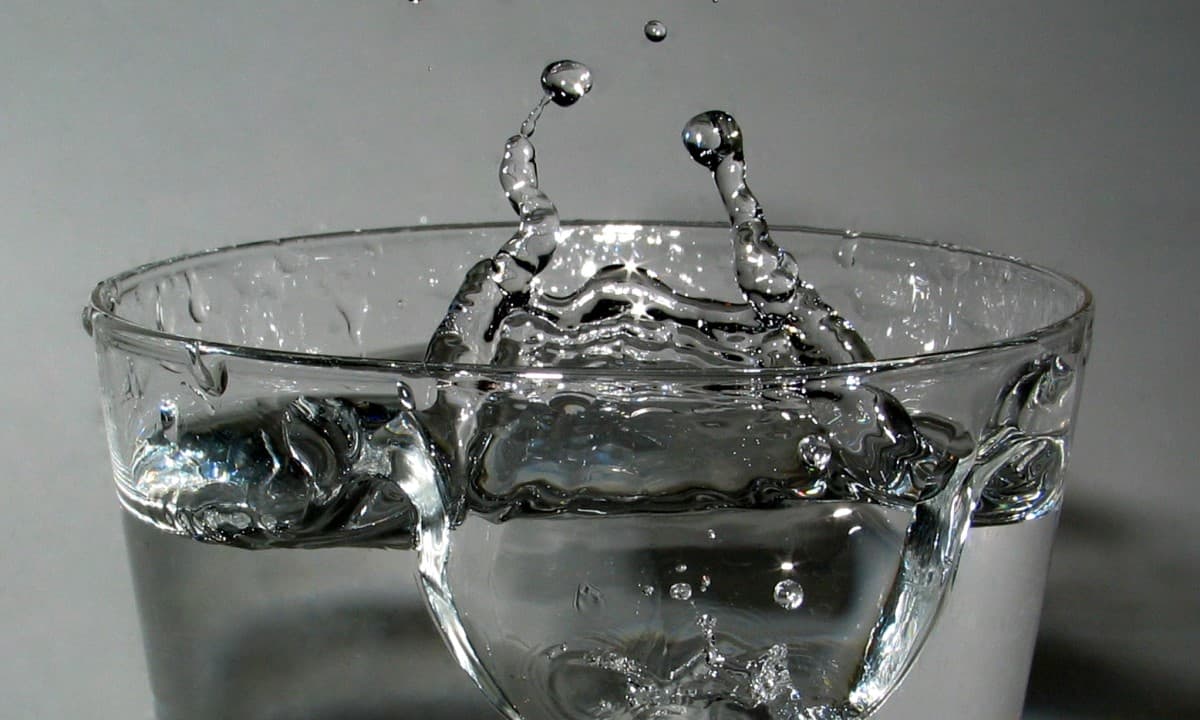
Have you ever wondered what heavy water tastes like? Indeed, you may be tempted to taste deuterium oxide and find out for yourself. That is what the chemistry Nobel laureate Harold Urey and a colleague did in 1935, reporting that the taste of heavy water was indistinguishable from normal water. This contradicted previous reports that heavy water was sweet or caused a dry and burning sensation in the mouth.
Now, an international team of chemists has repeated those taste tests in humans and mice – along with chemical and computer studies of human taste receptors. They concluded that heavy water is indeed sweet to humans, but not to mice. While deuterium and hydrogen are identical chemically, the fact that deuterium is twice as heavy means that there are small differences in the properties of molecules containing the different isotopes. For this reason, consuming large amounts of heavy water is not recommended
“Our study thus resolves an old controversy concerning the sweet taste of heavy water using state-of-the-art experimental and computer modelling approaches, demonstrating that a small nuclear quantum effect can have a pronounced influence on such a basic biological function as taste recognition,” concludes team member Pavel Jungwirth at the Institute of Organic Chemistry and Biochemistry of the Czech Academy of Sciences.
Jovian rain
Staying on the theme of idle speculation about water, have you ever wondered what raindrops would look like on other planets? It turns out that despite the huge differences between Earth and Jupiter, Jovian rain is very similar to the stuff that ruins picnics here on Earth.
That is the conclusion of Kaitlyn Loftus and Robin Wordsworth at Harvard University in the US, who have identified a Goldilocks zone for raindrop size using just three properties: drop shape, falling speed, and evaporation speed. They looked at different types of rain such as water, methane and superheated liquid iron – which would really take the fun out of picnicking on some exoplanets. They found that raindrops of roughly the same size make it from clouds to the ground despite the very different scenarios.
“The insights we gain from thinking about raindrops and clouds in diverse environments are key to understanding exoplanet habitability,” explains Wordsworth. “In the long term, they can also help us gain a deeper understanding of the climate of Earth itself.”
